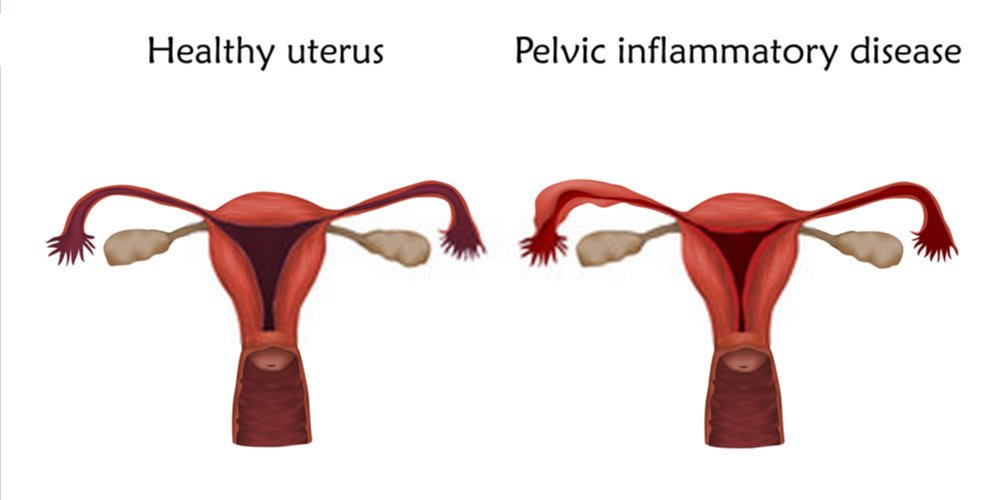Pelvic inflammatory disease (PID) is a serious condition affecting the female reproductive organs, often resulting from polymicrobial infections. Among the bacterial contributors, Bacteroides species play a significant role due to their anaerobic nature and virulence factors. This article explores the connection between Bacteroides and PID, detailing causes, symptoms, diagnosis, treatment, and prevention.

Understanding Bacteroides: Key Players in Anaerobic Infections
Bacteroides are a group of Gram-negative, anaerobic bacteria commonly found in the human gastrointestinal tract. While they are part of the normal microbiota, their translocation to sterile sites can lead to infections. In the context of PID, Bacteroides fragilis and related species have been identified as key pathogens, often acting synergistically with other bacteria like Neisseria gonorrhoeae and Chlamydia trachomatis.
Characteristics of Bacteroides
- Anaerobic Nature: Thrive in low-oxygen environments.
- Virulence Factors: Capsule formation, beta-lactamase production, and ability to evade the immune system.
- Resistance: High resistance to antibiotics, complicating treatment.
Pelvic Inflammatory Disease: An Overview
PID is an infection of the female upper genital tract, including the uterus, fallopian tubes, and ovaries. It is a leading cause of infertility and chronic pelvic pain worldwide.
Causes of PID
PID is primarily caused by ascending infections from the lower genital tract. While Chlamydia trachomatis and Neisseria gonorrhoeae are common pathogens, anaerobic bacteria like Bacteroides are frequently involved in mixed infections.
Symptoms of PID
- Lower abdominal pain
- Abnormal vaginal discharge
- Fever and chills
- Painful urination
- Irregular menstrual bleeding
Risk Factors
- Multiple sexual partners
- History of sexually transmitted infections (STIs)
- Recent intrauterine device (IUD) insertion
- Previous episodes of PID
The Role of Bacteroides in PID
Pathogenesis
Bacteroides contribute to PID by producing enzymes and toxins that degrade host tissues, promoting inflammation and abscess formation. Their ability to interact with other bacteria creates a synergistic effect, enhancing the severity of the infection.
Clinical Implications
- Abscess Formation: Common in severe PID cases.
- Antibiotic Resistance: Presence of beta-lactamase complicates treatment options.
- Chronic Complications: Increased risk of infertility and ectopic pregnancy.
Diagnosis
Clinical Evaluation
- Pelvic examination to detect tenderness or masses.
- Assessment of risk factors and sexual history.
Laboratory Testing
- Microbial Cultures: Identify aerobic and anaerobic pathogens.
- Molecular Testing: PCR for Chlamydia trachomatis, Neisseria gonorrhoeae, and Bacteroides.
- Imaging Studies: Ultrasound or MRI to evaluate abscesses or inflammation.
Treatment of PID Involving Bacteroides
Antibiotic Therapy
- Empiric Therapy: Broad-spectrum antibiotics targeting anaerobes and common STI pathogens. Examples include:
- Metronidazole for anaerobes like Bacteroides.
- Ceftriaxone combined with doxycycline.
- Resistance Management: Use of carbapenems or beta-lactamase inhibitors in resistant cases.
Surgical Intervention
In severe cases, surgical drainage of abscesses or removal of infected tissues may be required.
Prevention Strategies
Primary Prevention
- Consistent use of condoms.
- Regular STI screening and treatment.
- Vaccination for preventable infections.
Secondary Prevention
- Early diagnosis and treatment of lower genital tract infections.
- Follow-up care after PID episodes to monitor for complications.